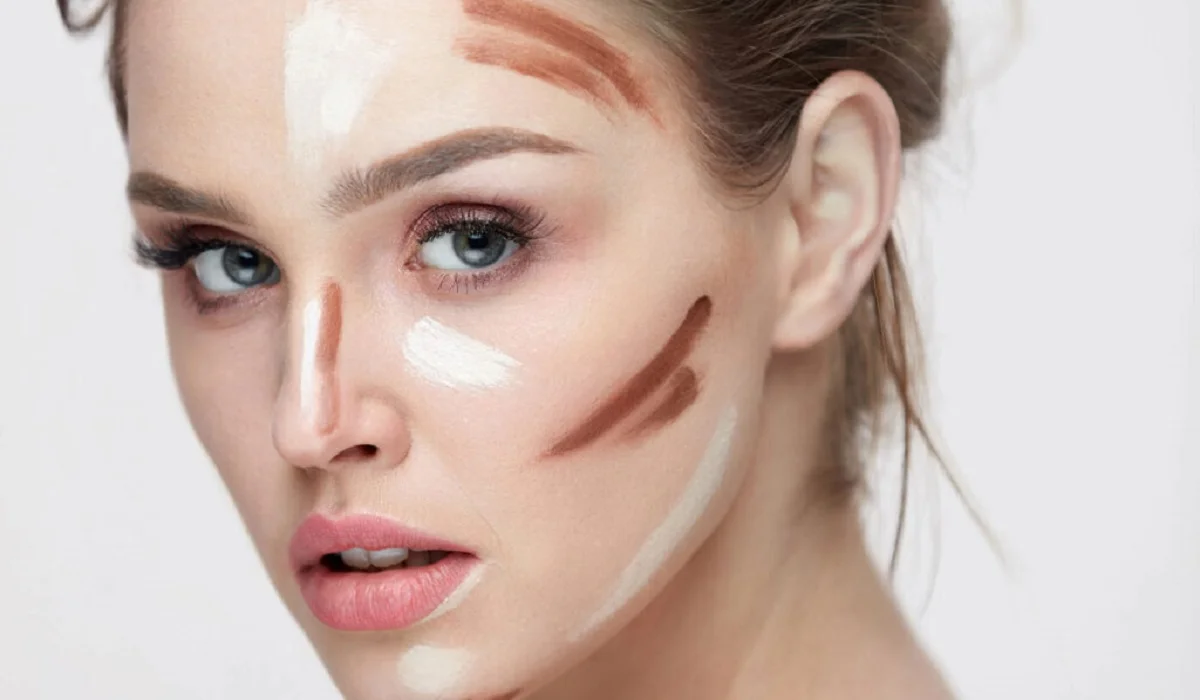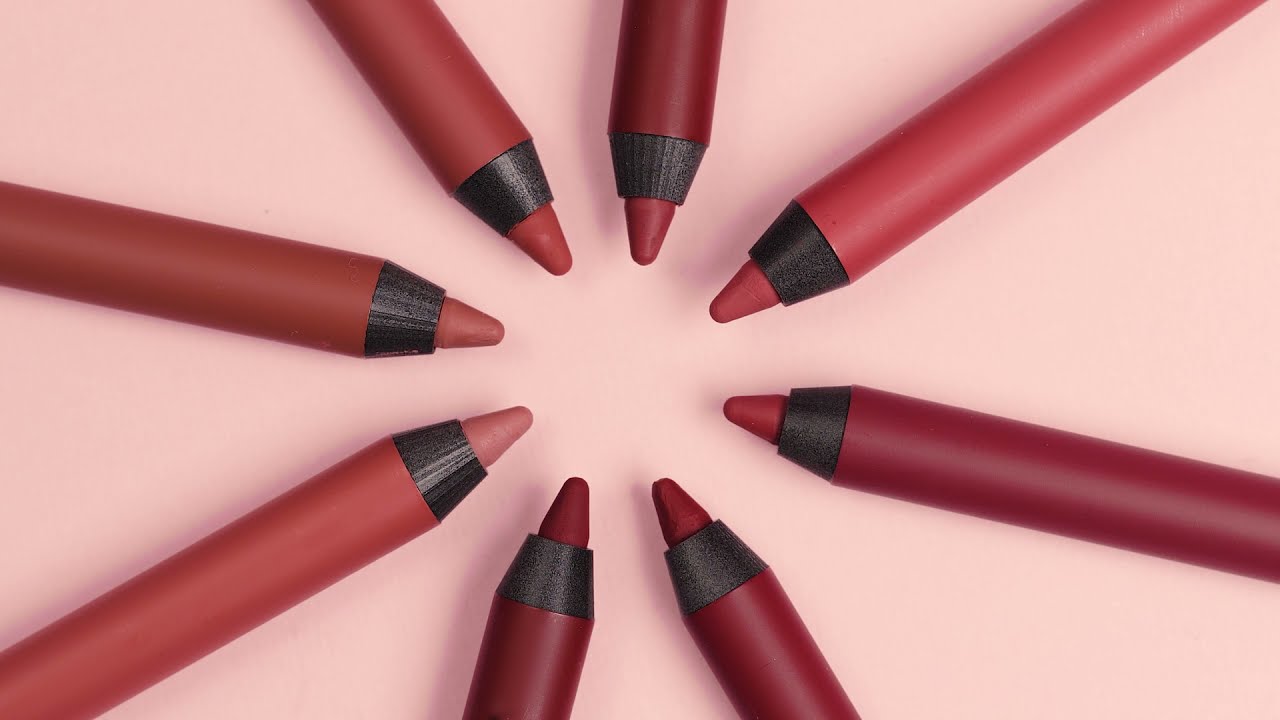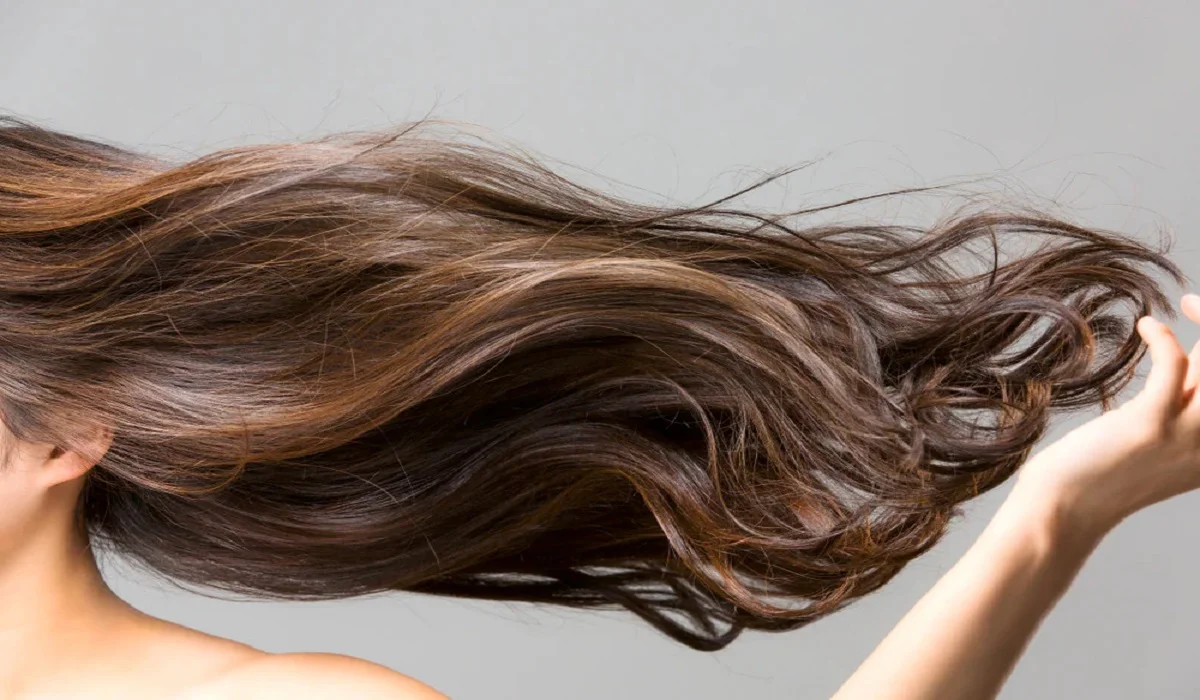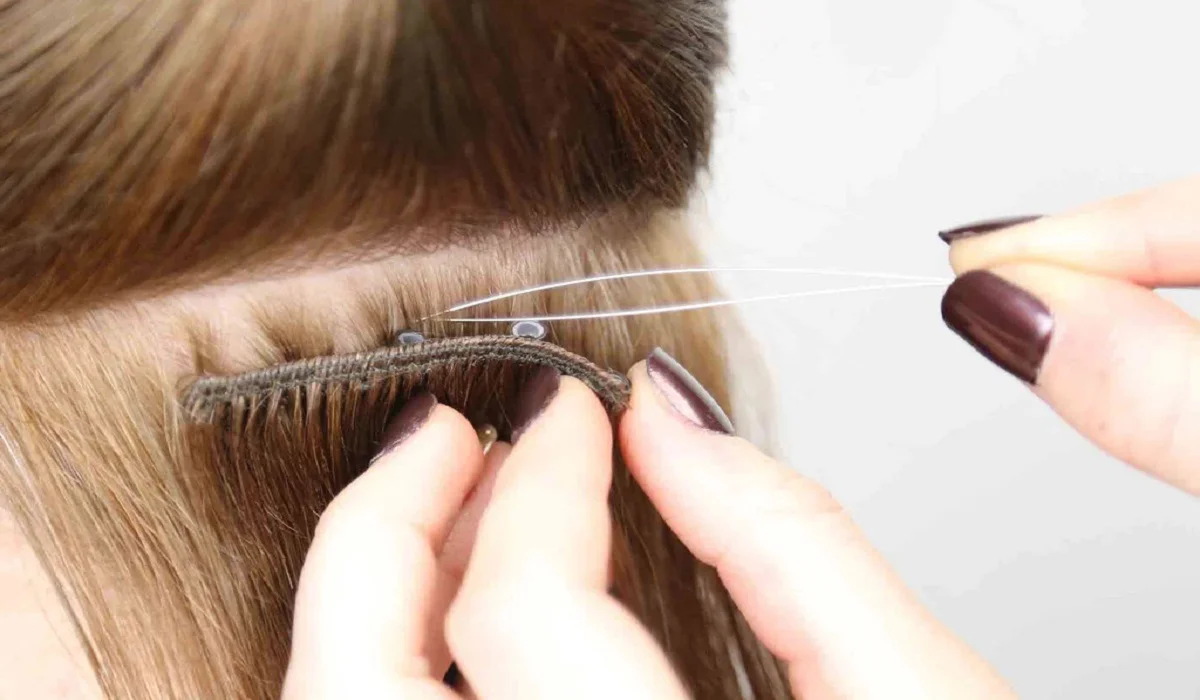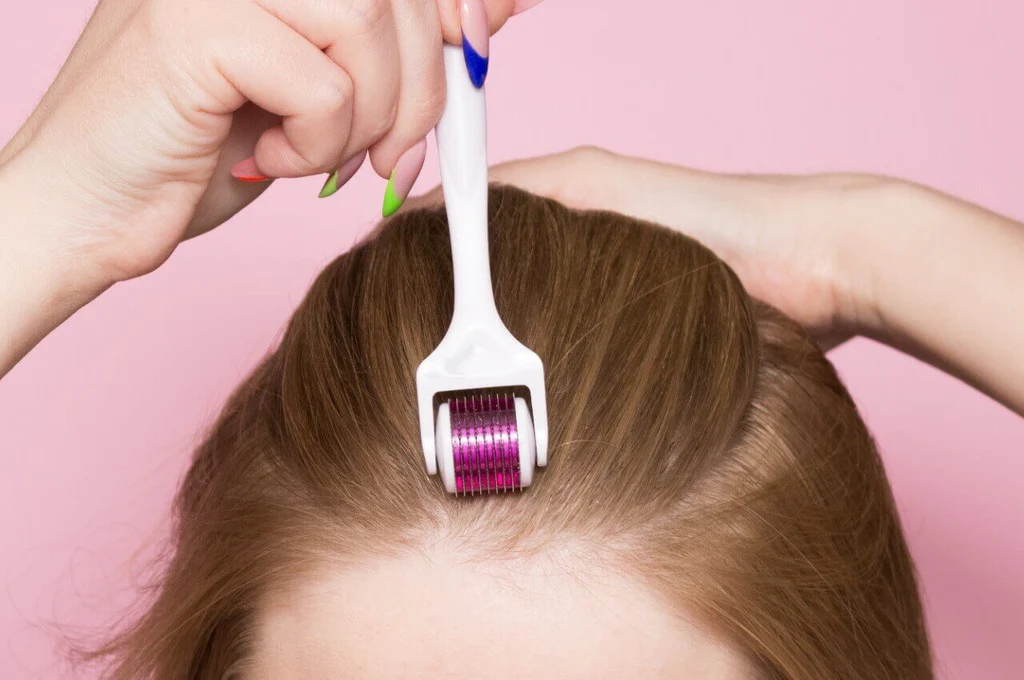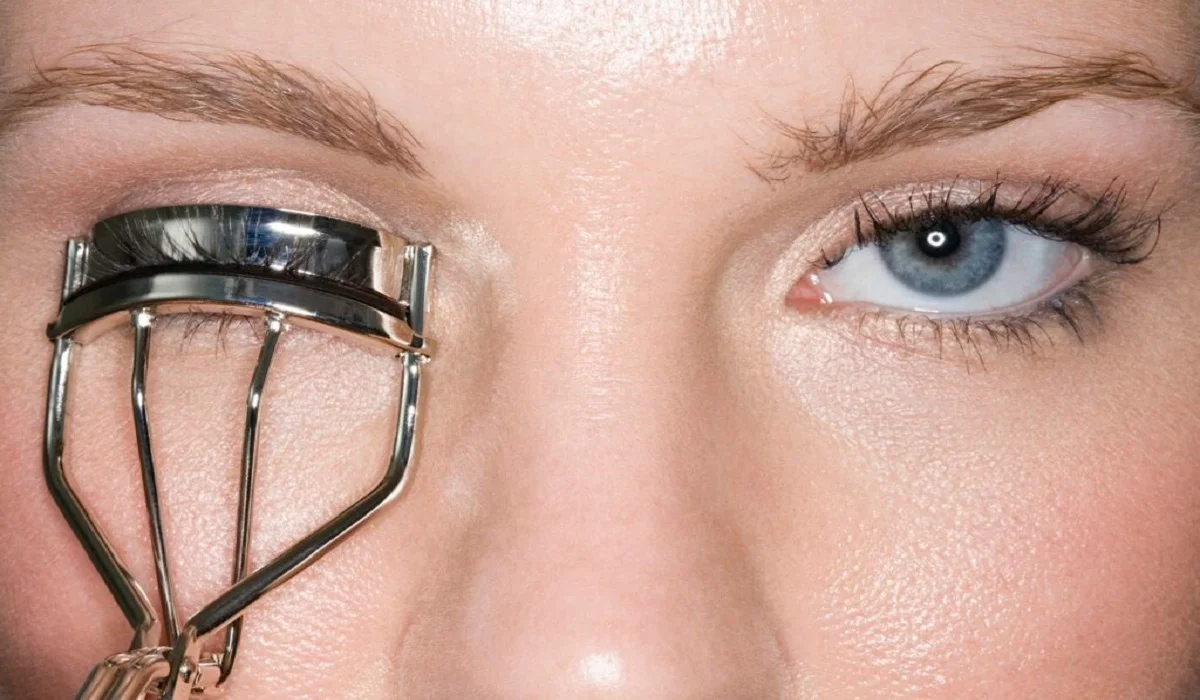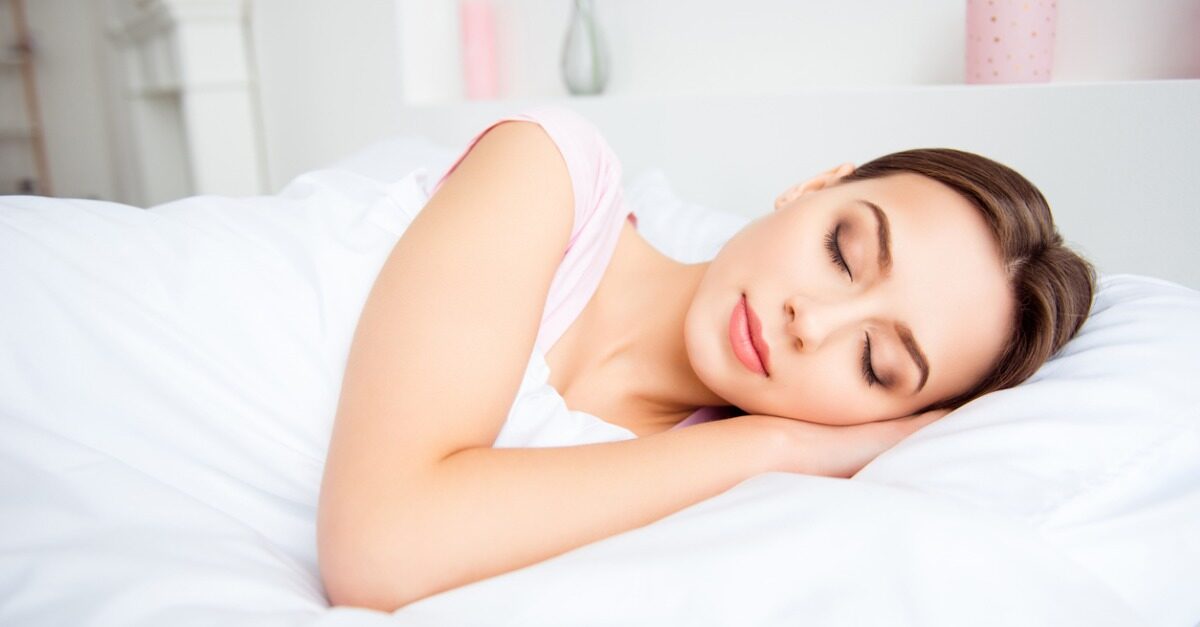
The allure of a perfectly made-up face is undeniable, and makeup has become a powerful tool for enhancing beauty and boosting confidence. However, as the day turns into night, the temptation to skip the makeup removal process and fall into bed can be strong. It’s a common scenario; you’re tired, and removing makeup feels like an unnecessary chore. But what happens when you choose to sleep with makeup on? In this comprehensive guide, we will explore the perils of sleeping with makeup, the profound effects it can have on your skin, and why you should never neglect the vital nightly ritual of makeup removal.
The Consequences of Sleeping with Makeup
Before we delve into the specifics, let’s understand the potential consequences of sleeping with makeup:
- Clogged Pores: Makeup, combined with the natural oils and sweat your skin produces throughout the day, can clog your pores. This sets the stage for acne breakouts, including whiteheads and blackheads.
- Premature Aging: Leaving makeup on overnight can contribute to the breakdown of collagen and elastin in your skin. This leads to the development of fine lines, wrinkles, and a loss of skin elasticity – all hallmarks of premature aging.
- Dull Skin: Makeup residue can make your skin appear dull and lifeless. It hinders the natural process of skin cell turnover, leading to a lackluster complexion.
- Eye Irritation: Sleeping with eye makeup can result in eye irritation, redness, and even infections. Mascara and eyeliner can flake off into your eyes, causing discomfort.
- Infections: Makeup can trap dirt, bacteria, and allergens against your skin, increasing the risk of skin infections and allergies.
- Uneven Skin Tone: The buildup of makeup can lead to an uneven skin tone, with areas of hyperpigmentation or redness.
- Dryness and Dehydration: Makeup can impair your skin’s ability to maintain moisture, leading to dryness and dehydration.
- Lip Problems: Sleeping with lipstick or lip gloss can cause chapping and dryness of the lips.
The Role of Makeup in Clogged Pores
One of the most significant consequences of sleeping with makeup on is clogged pores. Your skin naturally produces sebum (oil) throughout the day to keep itself moisturized and protected. Makeup can mix with this oil, along with sweat and environmental pollutants, forming a potent cocktail that seeps into your pores.
When these pores become clogged, several issues can arise:
- Acne: Clogged pores are a breeding ground for acne-causing bacteria. This can lead to the development of various types of acne, including whiteheads, blackheads, and pimples.
- Enlarged Pores: Over time, the accumulation of debris in your pores can stretch them, making them appear larger and more noticeable.
- Uneven Texture: Clogged pores can result in an uneven skin texture, characterized by rough patches and small bumps.
- Increased Oiliness: Paradoxically, clogged pores can lead to increased oiliness as your skin tries to compensate for the blockages.
- Skin Sensitivity: Clogged pores can also make your skin more sensitive to external irritants, making it prone to redness and inflammation.
The Impact on Collagen and Elastin
Collagen and elastin are two essential proteins that give your skin its firmness, elasticity, and youthful appearance. They work together to maintain the skin’s structure and prevent sagging.
Sleeping with makeup on can have a detrimental impact on these proteins. Makeup residue, along with environmental pollutants, can generate free radicals. These free radicals are unstable molecules that can damage collagen and elastin fibers, causing them to break down more rapidly. As a result, you may notice the development of fine lines, wrinkles, and sagging skin, even at a younger age than expected.
Skin Cell Turnover and Dullness
Your skin goes through a natural process of shedding dead skin cells and replacing them with new, healthy ones. This process, known as skin cell turnover, contributes to a fresh and radiant complexion. However, sleeping with makeup can disrupt this essential cycle.
Makeup residue can form a barrier on your skin’s surface, trapping dead skin cells and preventing them from shedding properly. This leads to a buildup of old, dead cells that contribute to a dull and lackluster complexion. Additionally, when skin cell turnover is compromised, you’re more likely to experience clogged pores and acne breakouts.
Eye Irritation and Infections
The delicate skin around your eyes is particularly vulnerable to the adverse effects of sleeping with makeup. Leaving mascara, eyeliner, or eyeshadow on overnight can result in various eye-related issues:
- Irritation: Eye makeup can flake off into your eyes, causing irritation, redness, and discomfort.
- Infections: Sleeping with eye makeup increases the risk of eye infections, including conjunctivitis (pink eye). Bacteria can thrive in the warm, moist environment created by makeup residue.
- Styes: Makeup can clog the oil glands in your eyelids, leading to the development of painful styes.
- Eyelash Damage: The weight of mascara can cause your eyelashes to become brittle and more prone to breakage.
Preventing the Damage: The Importance of Makeup Removal
To protect your skin from the perils of sleeping with makeup, the importance of a thorough makeup removal routine cannot be overstated. Here’s how to do it effectively:
Step 1: Begin with the Eyes
Start by focusing on the eye makeup, as it’s often the most stubborn to remove:
- Use a gentle, oil-based makeup remover or micellar water on a cotton pad.
- Hold the soaked pad against your closed eyelid for a few seconds to allow the makeup to dissolve.
- Gently wipe away the eye makeup, moving from the inner corner to the outer corner.
- Use a different cotton pad for each eye to avoid transferring makeup or dirt.
Step 2: Cleanse Your Face
Now, it’s time to remove the makeup from the rest of your face:
- Apply makeup remover or micellar water to a cotton pad or use a cleansing oil or balm.
- Gently wipe away face makeup, starting from your forehead and moving down to your chin and neck.
- Use upward, circular motions to help dissolve makeup and impurities.
- Pay extra attention to areas with heavy makeup, like the cheeks and jawline.
Step 3: Double Cleanse
To ensure all makeup, sunscreen, and impurities are thoroughly removed, follow up with a second cleanse using a gentle facial cleanser:
- Wet your face with lukewarm water.
- Apply a small amount of cleanser to your fingertips and lather it by rubbing your hands together.
- Gently massage the cleanser onto your face using upward, circular motions.
- Pay attention to the areas around your nose and hairline where makeup can accumulate.
- Rinse your face thoroughly with lukewarm water until all cleanser is removed.
Step 4: Pat Dry Your Face
After cleansing, use a clean towel to gently pat your face dry. Avoid rubbing your skin, as this can cause irritation.
Step 5: Final Check
Take a moment to ensure all makeup is removed. Check around your eyes, hairline, and jawline for any remaining traces. If necessary, repeat steps 2 and 3 to double cleanse these areas.
Step 6: Toning (Optional)
Using a toner can help balance your skin’s pH levels and remove any residual makeup or cleanser:
- Apply a small amount of toner to a cotton pad.
- Gently swipe the pad across your face, focusing on the T-zone and areas prone to breakouts.
Step 7: Apply Skincare Products
Once your skin is clean and toned (if desired), it’s time to apply your usual skincare products:
- Start with a lightweight serum, followed by a moisturizer that suits your skin type.
- Finish with an eye cream and, if it’s your nighttime routine, a suitable night cream.
Step 8: Don’t Forget Your Neck
Extend your skincare routine to your neck to maintain an even skin tone and prevent premature aging.
Step 9: Cleanse Your Makeup Tools
Remember to clean your makeup brushes and sponges regularly to prevent the buildup of bacteria and makeup residue. Use a gentle brush cleanser or mild shampoo, and allow them to dry thoroughly before using them again.
The Importance of Makeup Removal: A Recap
Proper makeup removal is not just a cosmetic ritual; it is a vital aspect of maintaining healthy skin. It ensures that your skin remains clean, unclogged, and able to breathe, preventing a host of issues like acne, premature aging, and dullness. By following the steps outlined in this guide, you can effortlessly remove makeup without compromising the health and radiance of your skin.
The allure of a perfectly made-up face may be strong, but it should never tempt you into skipping the nightly ritual of makeup removal. Sleeping with makeup on can lead to a litany of skin problems, from clogged pores and acne to premature aging and eye irritation. It’s a small effort that yields significant rewards in the form of clear, healthy, and vibrant skin.
So, next time you’re tempted to fall into bed without removing your makeup, remember the potential consequences and take a few extra minutes to properly cleanse your face. Your skin will thank you with a fresh, radiant complexion, and you’ll enjoy the long-term benefits of a diligent skincare routine. Embrace the habit of makeup removal, and your skin will reward you with its natural beauty.


